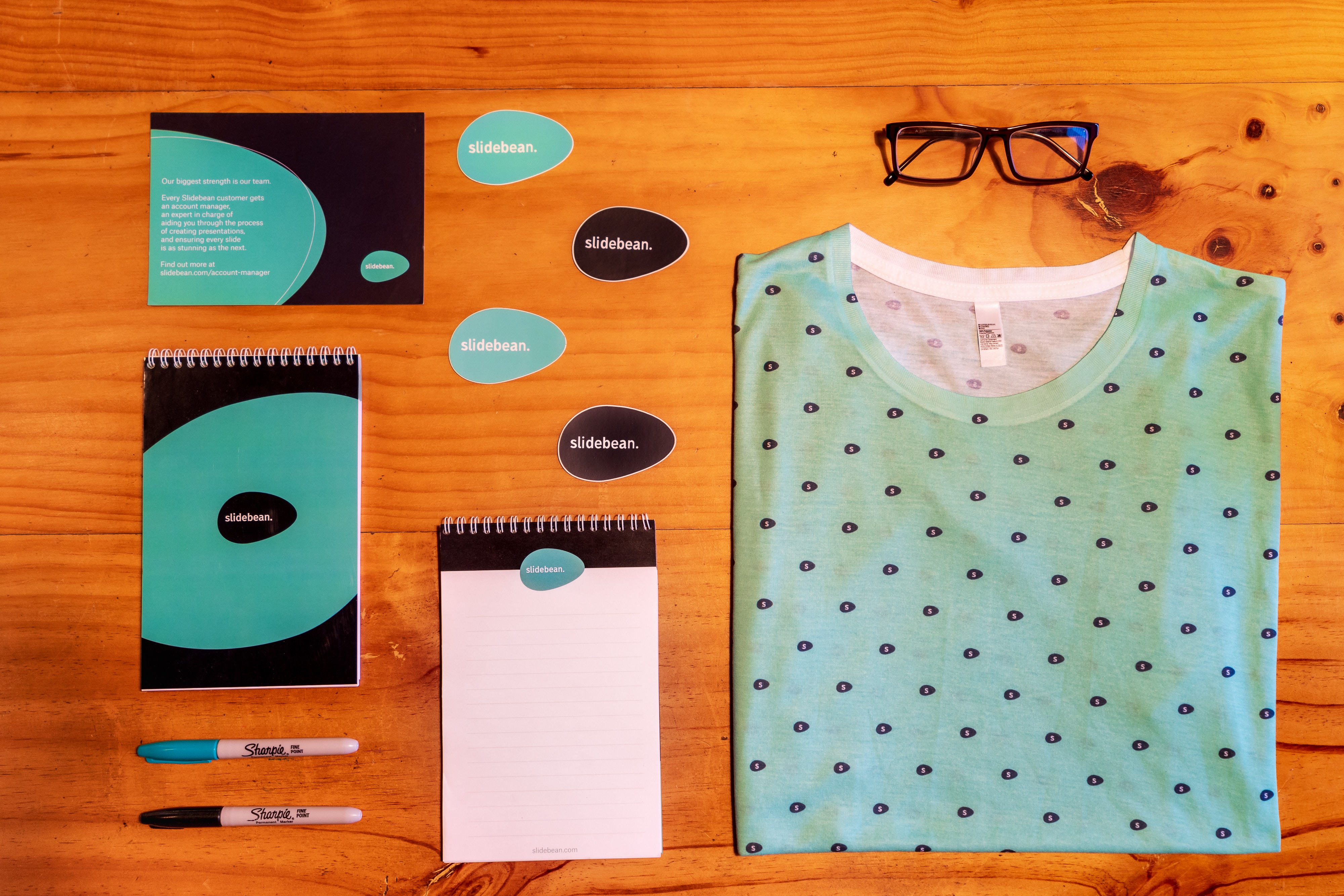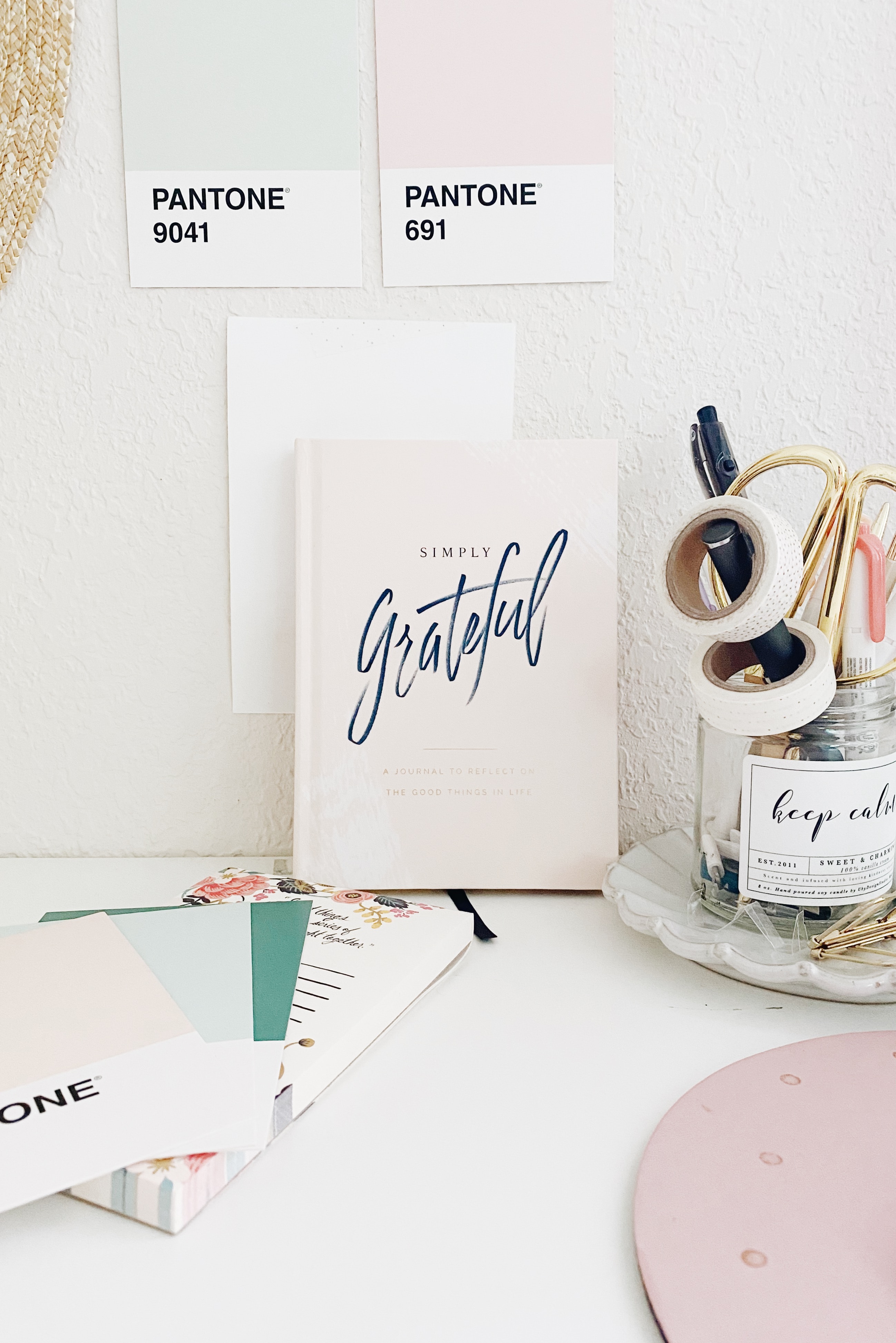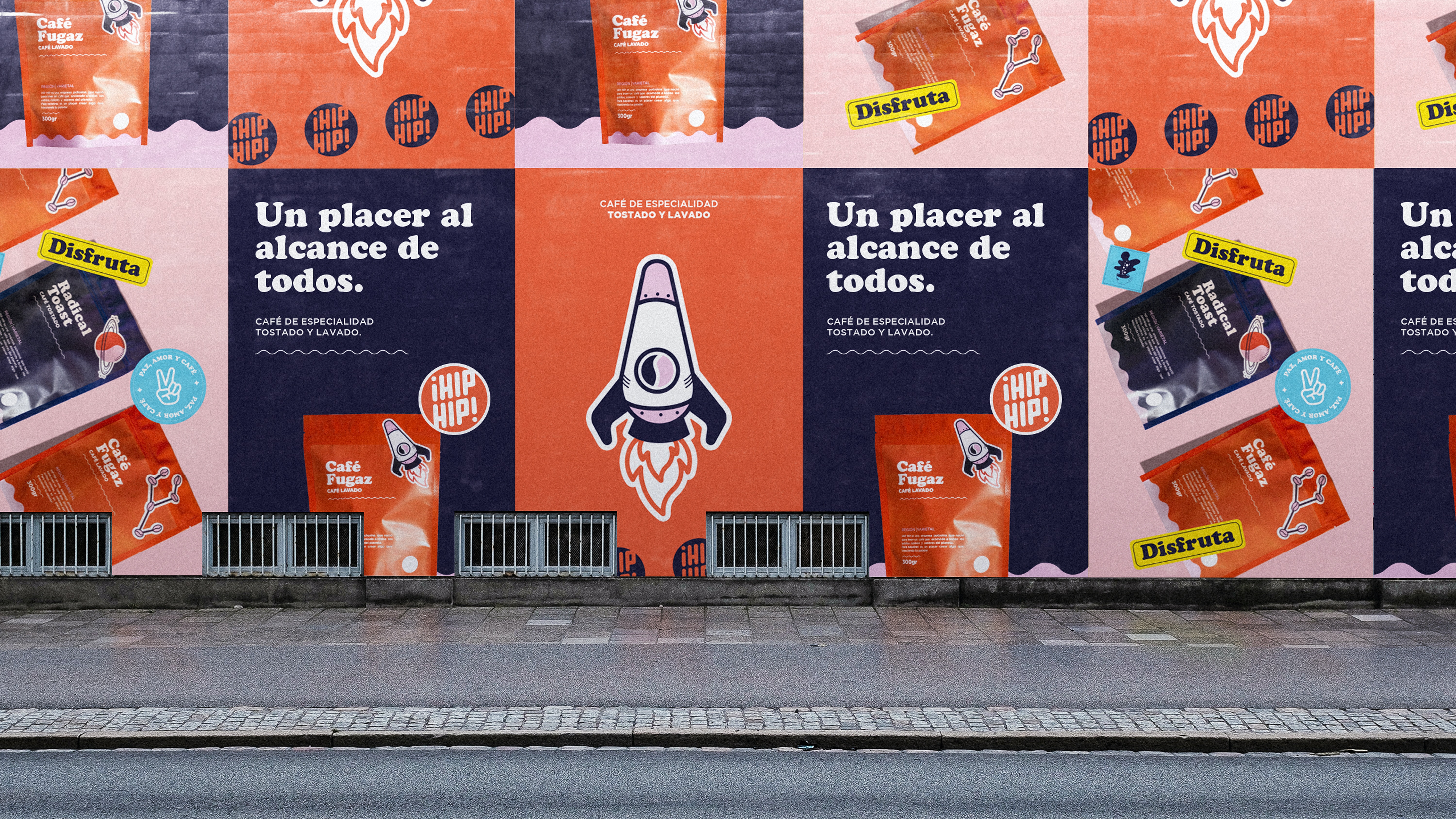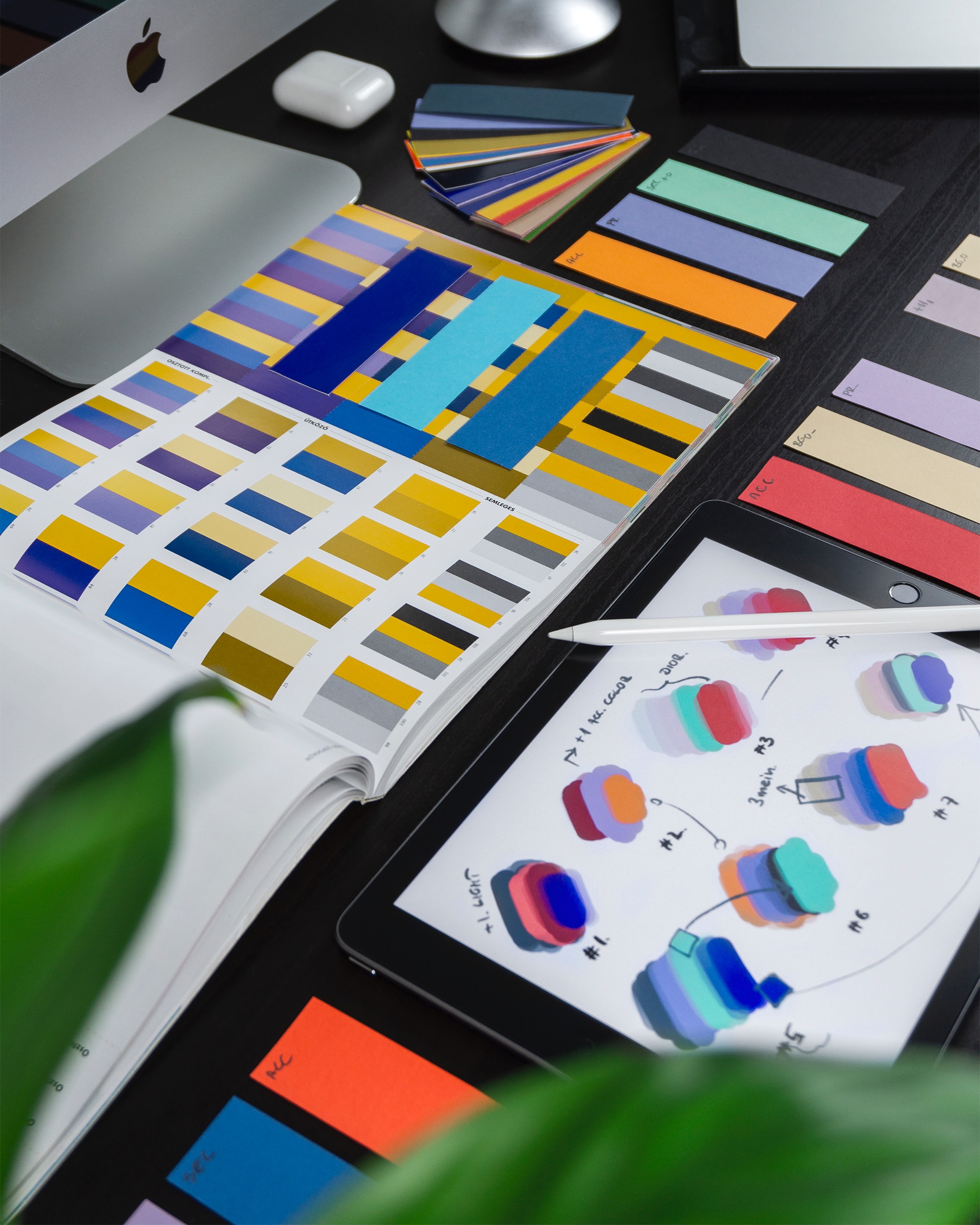What is the task of a designer, what is expected of you and how to achieve it. The main requirements for the identity, the importance of elements, stages of work. Let's analyze briefly the role of a specialist - a graphic designer.
Corporate identity is not just a design. It is a reflection of brand philosophy, the image of the company in infospace, a way of communication with the target audience, the basis of image and positioning in the market.
Different specialists are involved in the development of corporate identity. The strategy of the firm plays the main role, positioning and general message is important to come up with initially. And the designer develops the identity on the basis of the idea.
Today we will talk about the tasks of the designer and the peculiarities of corporate identity development.

Why is it important?
A recognizable style is the key to success. There is no need to explain this thesis for a long time, you already know that some corporations have practically privatized some color combinations and are firmly associated with them. And fonts? The same story.
To stand out, to be memorable, to resonate with the audience's tastes, to become a symbol and not just a brand - this is the maximum task. And it's not easy, of course. Legendary design solutions do not succeed for everyone and not always. But you have to strive for it. And practise, there is no way without it.

How it is done
It is important that the corporate identity is interpreted unambiguously. To do this, you create a document where you describe in detail all the details, their state in different cases. For example, the logo. The main one, on a dark background, for social networks, for merch, etc. This will help to use the identity correctly and always stick to one style in all situations. If an employee uses elements of corporate identity, he doesn't have to wonder how to do it. He has a clear understandable instruction that will help with any questions.
Brandbook is not only made for designers, but also for mere mortals who need to take a font and color for design. For example, a blogger takes a brand for advertising. Do everything in such a way that he doesn't have any unnecessary questions about the style.

Stages of creating an identity
The work is voluminous and the lion's share is taken up by research and preparation. You also need to take into account many important nuances. It requires consistency, attention and then creativity and skill.
Preparation
It is important to immerse yourself in the context, in the history, positioning of the company. It is desirable to work with a team to understand all the peculiarities of the company, detachment from competitors, Tone of Voice.
Research the target audience and relate the buyer image to the company's strategic goals. When developing a style, we need to understand who we are targeting, how we want to look in the eyes of potential customers and what emotions we want to evoke.
Understanding the target audience is key. We wrote about it in a separate material, read it. Remember that you are doing design for people first and foremost. Sometimes the customer's vision may not coincide with yours. Stand your ground as an expert. Explain how color and shape work, why you need to do it this way and not the other way around. If you make a cool result, you will continue to get good orders and raise the price tag. And if you follow the client's lead, you run the risk of failing the project. Form a visual style based on the consumer's portrait.
Often a company already has some foundation. If you rework it and partially utilize it, it's both easier and more organic. It will help you not lose the recognizability that already exists. The exception is a complete rebranding. This is where you need to do everything from scratch.
Use the history of the firm. If there isn't one, you need a legend. Everything that is written in the "About Us" section of the website should echo the message of the identity. Write out adjectives from there and take the style that matches: youthful, stable, historic, large-scale, bold, innovative, or budget-friendly. That's your key.
Study your competitors. Take note of what's successful and what's not. And do something original. Because one more brand in the "generally accepted" for the sphere colors will definitely be superfluous. Even if there really are standards, you don't have to follow them blindly. Look for loopholes, stand out.

Development of elements
The brandbook contains a standardized list of elements. The part about mission and values involves marketers, they should give you information at the preparation stage.
Also usually prescribed are variants of the name, communication style,
And here the guideline you already create your own.
- Logo - all variants of possible images, as well as errors that may occur. Horizontal and vertical, black and white and full-color solutions, large and small, indentation value, dimensions and other details. Everything, of course, is illustrated with examples and explanations. Regarding the subtleties of creating logos, we have a separate material in the magazine.
- Fonts - basic and additional fonts, their thickness, options for combinations and ways of application in different situations. Show examples. Define alignment and indentation, line spacing. What lists look like.
- Palette - don't just specify color numbers and combinations, but percentages of primary, complementary, and accent hues. Specify color value in Pantone, in RAL (for painting buildings, furniture, trade stands, etc.), CMYK for printing, for websites HTML code. If there are textures, it's important to specify them too.
- Illustrations - not all brands have them, but if they do, it's worth describing key features.
- Photos - sometimes there are specific styling requirements. You can create a standard preset for processing or describe the requirements for selecting/creating a photo.
- Symbols and icons - specify style, sources and terms or create your own set based on which other designers can draw new variations.
- Layouts - for presentations, social media, magazines, postcards, certificates, mailings and anything else the company does on a regular basis.
- Merch and uniforms - what a logo and slogan t-shirt, mug, cap, desk calendar or whatever the company may produce looks like.
- Documents - business card, letterhead, letter.
- Outdoor advertising, interior, exterior - show an example of what looks like a banner, signage, interior details of branded premises. You don't need to do the whole design (this is the task of a hotel specialist), just the details that relate to the logo/fonts/palette/symbols.
Approval
It is desirable after the design of the identity not only to get the approval of the bosses, but also to show it to the employees and conduct a survey. Do they understand what is put into the design, what idea it carries, how well it fits the strategy. Let it be an online survey or a general meeting. It is advisable to get anonymous feedback from everyone.
If it is possible to gather a focus group and get the opinion of representatives of the target audience - this is generally ideal. In this case, before the release you can tweak the details, adjust everything to the requirements and expectations of customers down to the last detail.
Sometimes the eye gets blurred, you don't see the imperfections. And sometimes there are outright failures, when you "played with fonts and lost". A focus group survey will help you identify oddities, misunderstandings and mistakes. You realize that the perception of the designer and the user is very different.

Testing and updating
Doing everything once and for all won't work. Trends change, at least. Or nuances come out in the process that are worth tweaking. This is normal. That's why it's worth trying different variations with minimal changes, tracking the public's reaction.
Sometimes brands even launch separate product lines with a new corporate identity to test it. And it depends on the result whether innovations will be introduced or not.
How many times has Coca-Cola or Instagram changed its style? A lot! At the same time, the brand remains recognizable. Just its style is slightly improved, simplified and adjusted to modern requirements.
There are cases when a company explores new directions or expands. In these cases, too, edits are often required. For example, what works in the US is not quite right in Asia. You will again be researching the mental models of the target audience and forming new meanings.
Requirements to the corporate style
Originality - it is clear that you need to be different from your competitors;
Memorability - corporate colors should point to a particular brand even without mentioning the name;
Flexibility - the ability to change the style for trends and for any possible application of the identity;
Harmony - all elements can be used in any combinations and combinations, it looks whole and aesthetic.
Comprehensibility - anyone can easily apply the elements from the brandbook without knowledge of special tools.

How to learn how to do it?
Let's not pretend that the task is simple. Creating a corporate identity requires from the designer a deep and versatile knowledge. Here and about the psychology of color, and marketing, and typography. You need to take into account and the design of the site, and the design of advertising in the subway. And skill is also important, because all this design should be beautiful and original.
So you can not do without a full-fledged training. Start with the online course "Graphic Designer: brand vector". There will just be an emphasis on creating a corporate identity. And we'll create a portfolio during the course. Join the new stream!
